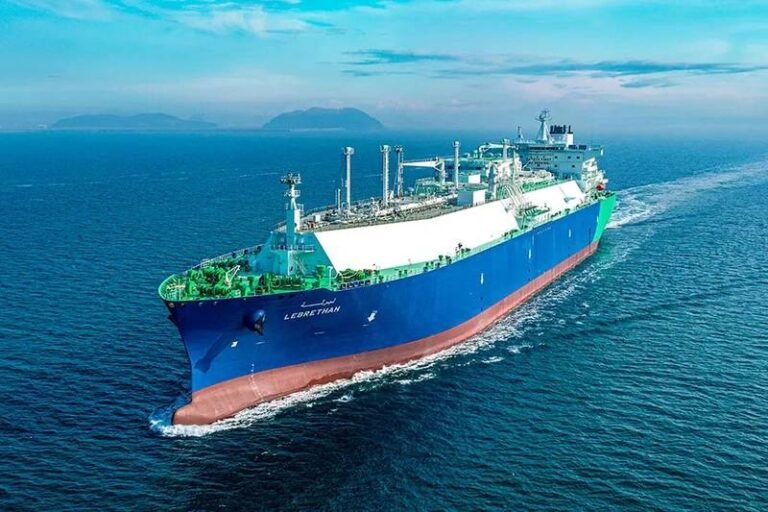The Rise of Chinese Shipbuilding Industry in Global Market
China’s dominance in the shipbuilding industry has been steadily growing over the past few years, with its share of the tanker and container ship orderbook increasing significantly. From 2022 to 2024, China’s share of the tanker orderbook rose from 32.4% to 71.2%, and a similar growth trajectory was observed in the container ship orderbook.
Niels Rasmussen, Chief Shipping Analyst at BIMCO, highlights that Chinese shipyards have built 50% of the ship capacity delivered in the past five years and currently hold 66% of the ship capacity in the orderbook. Chinese shipyards have also started attracting advanced ship types like LNG tankers and large container ships, which were previously dominated by South Korean shipyards.
Last year, Jiangnan Shipyard and China Shipbuilding Industry Corporation delivered the Chinese-designed 175,000 cubic meter Mark III Flex membrane LNG carrier Al Shelila to ADNOC, showcasing China’s capabilities in cutting-edge shipbuilding.
Focus on New Fuel and Clean Technology Market
Chinese shipyards are leading the way in the adoption of new fuel and clean technology in shipbuilding. Engine and equipment designers are building local capacity to meet the growing demand for environmentally friendly vessels. Initiatives like the Global Sustainable Transport Innovation Alliance (GSTIA) sponsored by the Chinese Ministry of Transport are accelerating green industrial projects within China.
Andrew Starforth, Silverstream General Manager, China, reports that over 10,000 ships built in Asia with energy efficiency technologies onboard or on order, representing a 10% increase from the previous year. Approximately a third of in-service tonnage built at Asian shipyards now incorporate emissions-reducing technology.
Korea’s Response to Market Changes
As China’s market share in shipbuilding continues to grow, Korea is strategizing to maintain its competitiveness. The country has announced a 10-year investment plan, “K-Shipbuilding Hyper-Gap Vision 2040,” to develop smart and clean energy technologies for the shipbuilding industry. Korean Register has partnered with Samsung Heavy Industries to develop advanced LNG carriers with optimized designs for improved fuel efficiency.
Korea is also exploring the U.S. market, with companies like Hanwha Ocean acquiring shipyards and forming partnerships to expand their presence. Collaboration with U.S. companies like Huntington Ingalls and Edison Chouest Offshore is driving innovation and market expansion for Korean shipbuilders.
Japan’s Shipbuilding Revitalization Efforts
Japan, facing stiff competition from China and Korea, aims to double its shipbuilding output by 2030. The country is pursuing collaboration with the U.S. through initiatives like the Japan-US Shipbuilding Revitalization Fund, focusing on key areas like car carriers, LNG carriers, and naval vessels.
Japanese shipyards are consolidating to enhance competitiveness, with major players like Tsuneishi Shipbuilding, Imabari Shipbuilding, and Japan Marine United joining forces for joint projects. Kawasaki Heavy Industries, Imabari Shipbuilding, and Japan Marine United are collaborating on building liquefied hydrogen carriers to stay ahead in the market.
Future Outlook and Industry Trends
While China’s shipbuilding industry has made significant strides in recent years, challenges like USTR port fees and market fluctuations pose risks to its continued growth. The industry dynamics are constantly evolving, with Asian shipbuilders exploring new technologies and markets to stay competitive in the global arena.
Overall, the shipbuilding landscape is witnessing a shift towards sustainable practices, advanced technologies, and strategic partnerships to meet the demands of a rapidly changing industry.

